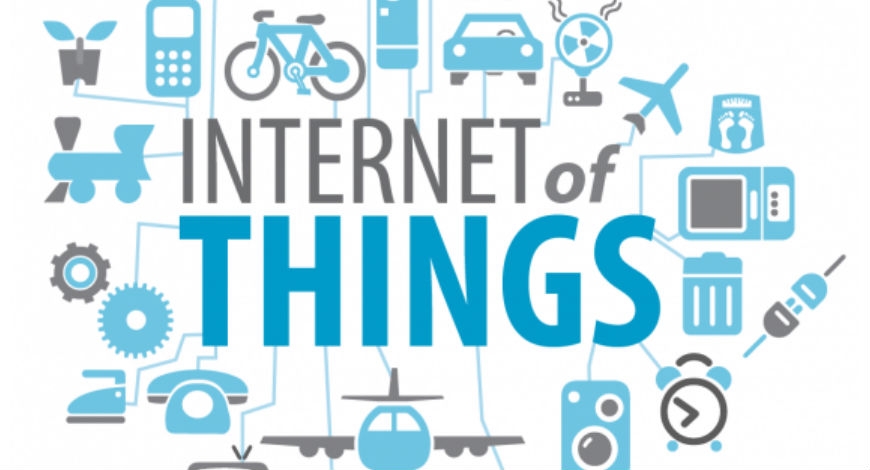advertisement
Internet of Things by name or nature? Delivering experience over appearance
The last few years have seen a whole raft of Internet of Things (IoT) vanity projects, where connectivity for connectivity’s…

The last few years have seen a whole raft of Internet of Things (IoT) vanity projects, where connectivity for connectivity’s sake was the order of the day.
Everything from connected loo-roll holders that warned when paper levels were low (if only there was a pre-existing, simpler way), to flip flops that had IoT capability crammed in and called ‘smart shoes’.
The practical use of these types of products being next to zero, many consumers have been driven to despair. And from a business perspective too, IoT by name rather than nature can be damaging.
advertisement
There is the worrying potential for organisations to divert millions of dollars into IoT projects without a clear handle on their objectives, and possibly worse, without a thorough testing plan throughout to ensure the app delivers as intended.
Gartner estimates that by 2020, there will be 7 billion connected business devices out there. In this digital transformation boom, companies are investing vast sums in IoT capabilities, and the B2B IoT market is growing fast.
But the question remains, how much of this growth actually benefits customers? And how can organisations ensure that when they embark on an IoT project, that the project is useful and consistently delivers the value it should to its intended audience?
advertisement
Delivering real value
Instead of businesses trying to nail down their own version of what an IoT ‘vision’ should look like, perhaps everyone could be better served by taking a look at those doing it successfully and using this intelligence to optimise IoT offerings from inception to delivery. Like any other mission-critical area, IoT needs a strategy and a vision way before its inception.
Companies like Volvo Car Group seem to be doing things right. Klas Bendrik, their SVP & CIO, was at a recent awards ceremony to receive recognition for the work Volvo is doing with their connected cars and cloud technology, embracing the IoT, when he said: “We take the best available technology and make it work in the most useful way for our customers. It’s about using technology to provide tangible real-life benefits, rather than providing technology just for the sake of it.”
advertisement
This is exactly the point. Other companies would do well to try and live up to approaches that deliver clear value (in this case, more efficient and/or safer cars, helping people’s journeys). If they can deliver initiatives that have real benefit for customers, this success will make the IoT ever more popular. In turn, this only makes it more valuable and relevant to day to day life and business. Therefore, performance and availability of connected devices will become key differentiators when it comes to an ever more competitive and crowded market place.
Test, test, and test again
The lesson here is that companies investing in IoT have to put the time into doing it right, and in most instances, this means proper monitoring and testing in order to guarantee continuous performance that will actually add true business value.
If the idea was to create a digital app to delight customers, then it’s vital to ensure the app delivers against this vision. In short, it needs to work and stand the test of time and popularity.
We know that connected IoT devices have a high level of dependency on speed of communication. This can open them up to issues such as unreliable network hardware or slow internet connection. Testing IoT devices to make sure that they’re not losing data, failing to respond, and work in any scenario, is imperative.
Key to the customer experience is proactively monitoring your websites and applications, not to mention APIs – and to do it 24/7 rather than intermittently.
So, before your valuable customers run into a wall and start making a lot of noise about any availability or performance issues, you can already be fixing the problem. Speed is crucial; performance indicators like page load times are directly linked to a loss of views and visitors – the longer you test people’s patience, the more risk you run of losing their trade.
There are more issues to consider, cyber-crime and data privacy not least amongst them. The downside of the IoT can be a dangerous one – and embarrassing. After all, who wants to get hacked by a kettle? Testing needs to push applications on all areas of performance, including how secure they are for end users.
Making sure that we get the most out of IoT projects shouldn’t rely on an ad hoc process which concerns only a few techie individuals in any given organisation. Not so long ago, Business Insider predicted that The Internet of Things will be the largest device market in the world by 2019. In a year or so, it will be more than double the size of the smartphone, PC, tablet, connected car, and the wearable market combined.
By then, let’s hope all those devices are things we need (and love!), and work with 24/7 reliability. Proper testing can enable organisations to take the first step on this journey, and deliver leading customer experience.
Tim Cox is Global Head of Operations at Apica. Mr. Cox is a senior executive and technology leader with extensive global experience in product/service development and customer facing roles in managed/cloud cyber security, hosting and telecoms businesses.